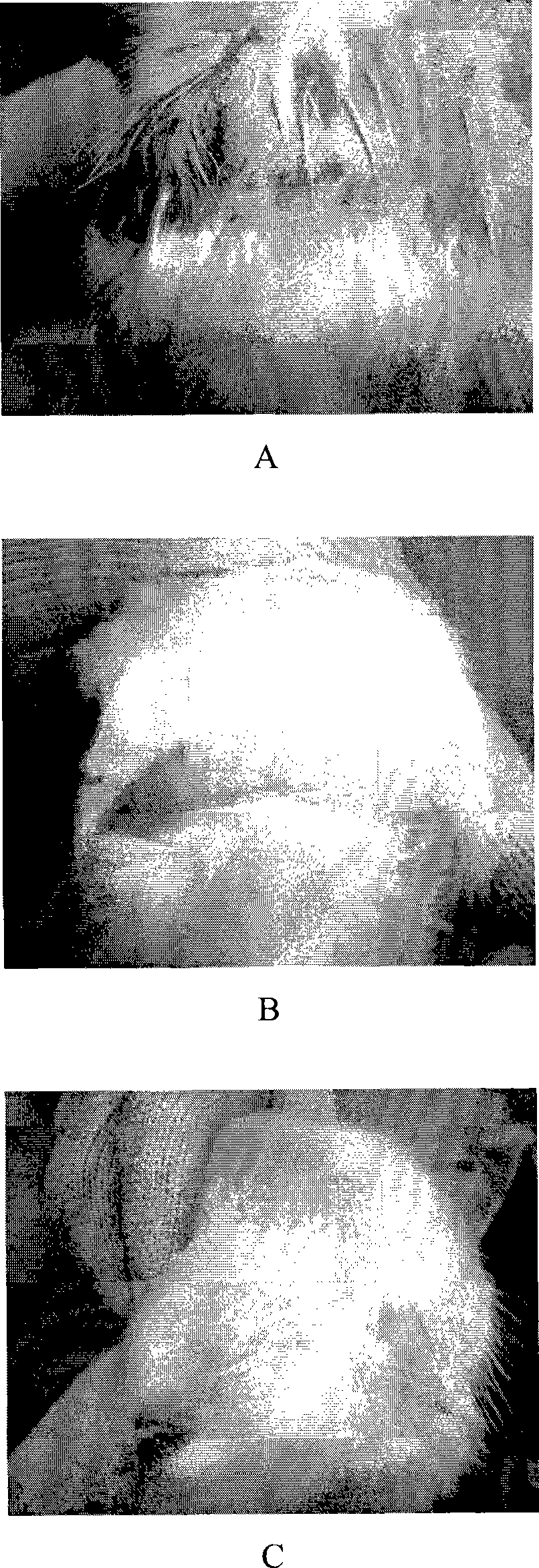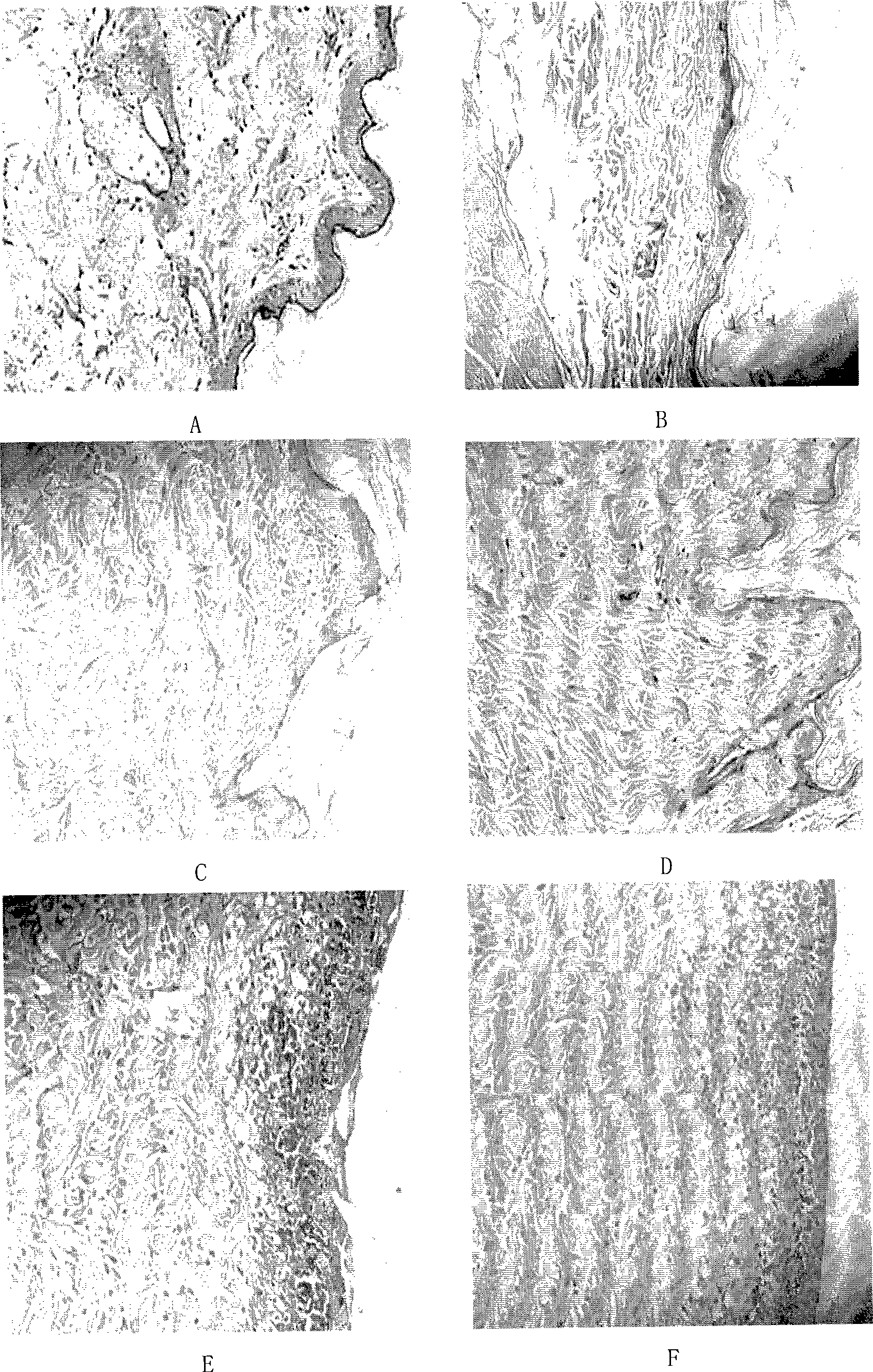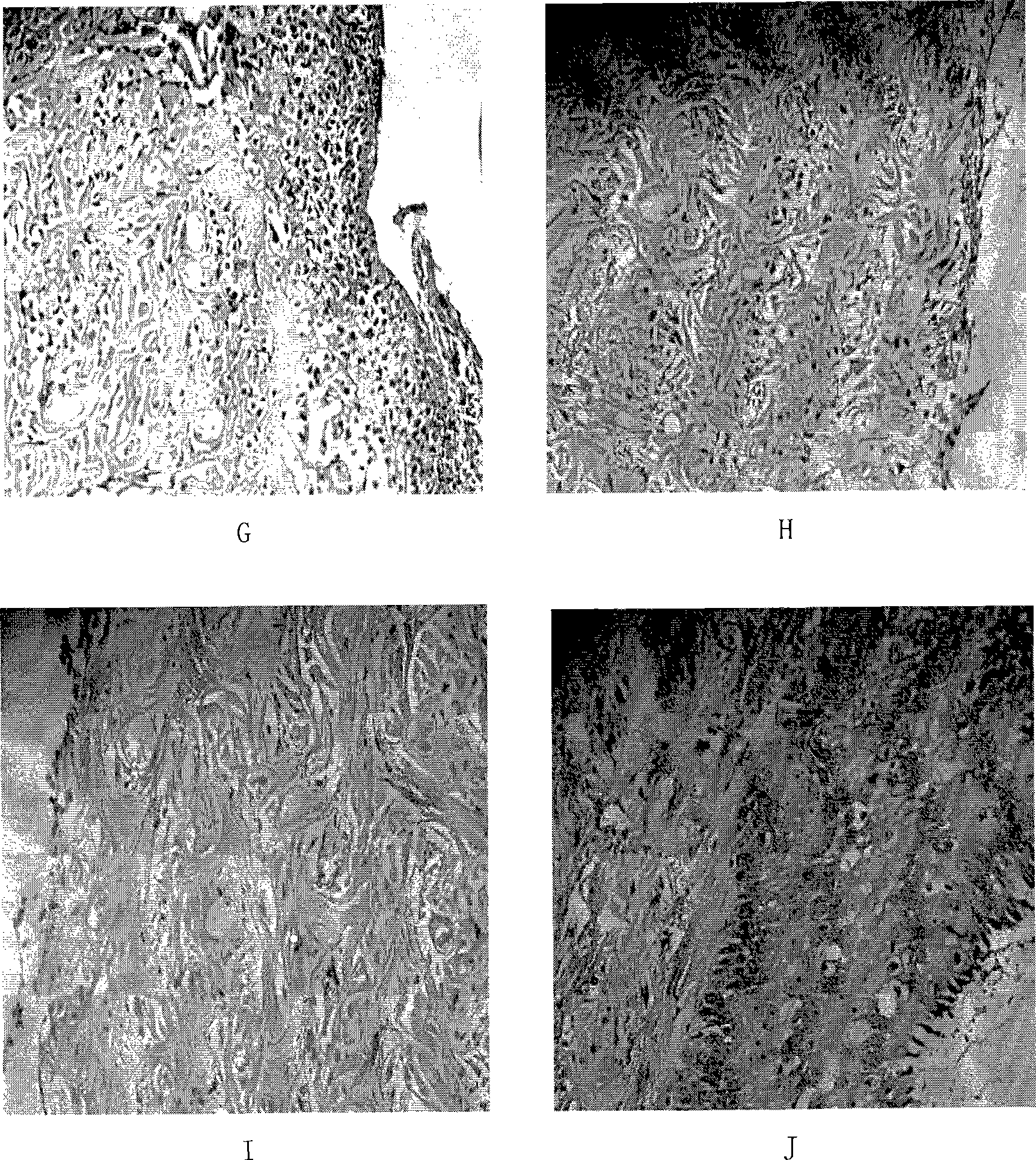Use of pyrroloquinoline quinine in antiradiation
A technology of quinoline quinone and pyrrole, which is applied in the fields of biotechnology and medicine, and can solve problems such as the difficulty in accurate dosage and the difficulty in controlling the content and quality of anti-radiation functional factors.
- Summary
- Abstract
- Description
- Claims
- Application Information
AI Technical Summary
Problems solved by technology
Method used
Image
Examples
preparation example Construction
[0065] Preparation and source of PQQ active substance
[0066] The pyrroloquinoline quinones used in the present invention may be natural or non-natural. Preferably, the pyrroloquinoline quinone is artificially synthesized or produced by fermentation (microbial fermentation, including gene recombination).
[0067] Internationally, pyrroloquinoline quinone is mainly synthesized by chemical methods, generally with tyrosine molecule as the carbon and nitrogen skeleton, through a dopaquinone (dopaquinone) intermediate, through a series of reactions to obtain pyrroloquinoline quinone[ Hendrickson and deVries, J. Org. Chem. 1982, 47: 1148-1150; Gainor and Weinreb, J. Org. Chem. 1982, 47: 2833-2837; Buchi et al., J. Am. Chem. Soc. 1985, 107 : 5555-5556; Gainor and Weinreb, 1982, J. Org. Chem. 46: 4317-4319]. However, these chemical synthesis methods have technical problems such as many steps, high cost, and difficult separation of reaction by-products.
[0068] Another method fo...
Embodiment 1
[0102] Example 1. Effect of pyrroloquinoline quinone on skin appearance in rats with radiation-induced skin injury
[0103] Materials and Methods
[0104] The animals used were 3-month-old SPF grade SD rats with a body weight of 250±5 g (provided by the Experimental Animal Center of Soochow University).
[0105] Use a linear accelerator (Philips SL18) to irradiate 4 Mev high-energy electron rays with a dose of 45Gy. The irradiated part is the buttocks of the rat, and the non-irradiated part is shielded with a lead plate. The irradiated area is 2cm×2cm, the dose rate is 200cGy / min, and the cages are separated after irradiation. feeding.
[0106] Use PQQ (pyrroloquinoline quinone, purchased from Shanghai Medical Life Science Research Center Co., Ltd.) to treat radiation skin damage, and divide the experimental animals into 4 groups randomly:
[0107] i. Normal group: 1 rat, without radiation treatment;
[0108] ii. Irradiated non-administered group (control group): 3 rats, ...
Embodiment 2
[0116] Example 2. HE staining of the effects of pyrroloquinoline quinone on the skin of rats with radiation-induced skin damage
[0117] Materials and Methods
[0118] With embodiment 1. The difference is that the skin samples from the irradiated field of rats in each group were collected every week, and the pathological HE staining was carried out according to the conventional method.
[0119] Results and discussion
[0120] The HE staining of the irradiated field skin tissue sections of rats in each group was as follows: figure 2 shown. The results show:
[0121] In the first week ( figure 2 A), the collagen fibers were broken, the epidermis had no necrosis, and no inflammatory reaction was seen; at the third week ( figure 2 E), the fracture of collagen fibers is more obvious, the upper layer of collagen fibers is necrotic, and the inflammatory reaction is more serious; at the fifth week ( figure 2 H), the collagen fibers are broken more thoroughly, there are ...
PUM
 Login to View More
Login to View More Abstract
Description
Claims
Application Information
 Login to View More
Login to View More - R&D
- Intellectual Property
- Life Sciences
- Materials
- Tech Scout
- Unparalleled Data Quality
- Higher Quality Content
- 60% Fewer Hallucinations
Browse by: Latest US Patents, China's latest patents, Technical Efficacy Thesaurus, Application Domain, Technology Topic, Popular Technical Reports.
© 2025 PatSnap. All rights reserved.Legal|Privacy policy|Modern Slavery Act Transparency Statement|Sitemap|About US| Contact US: help@patsnap.com



